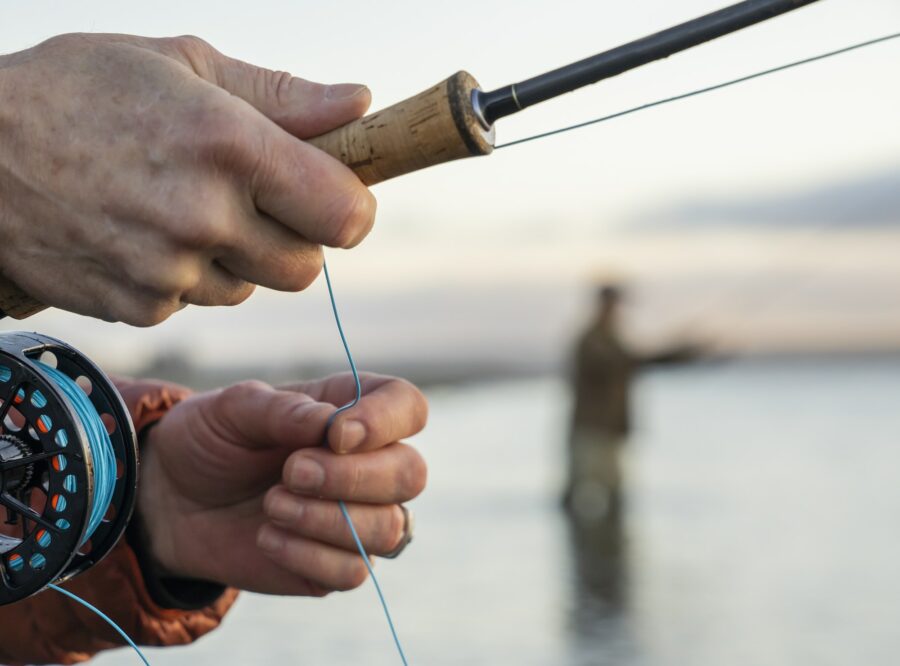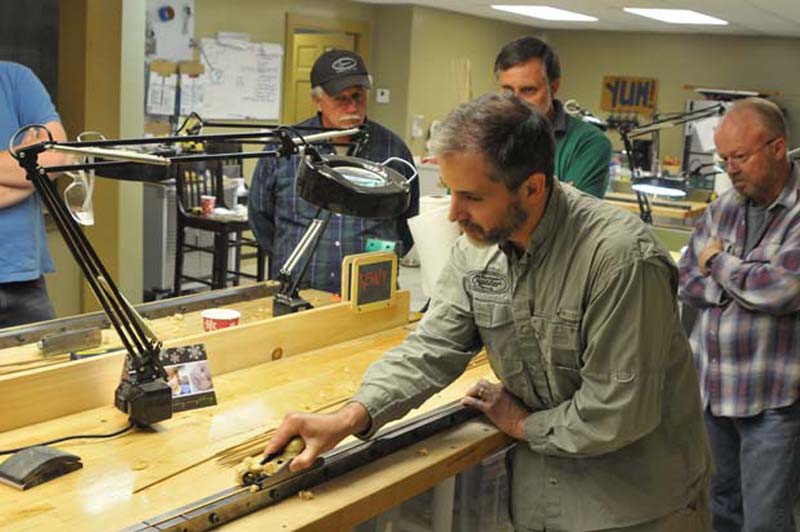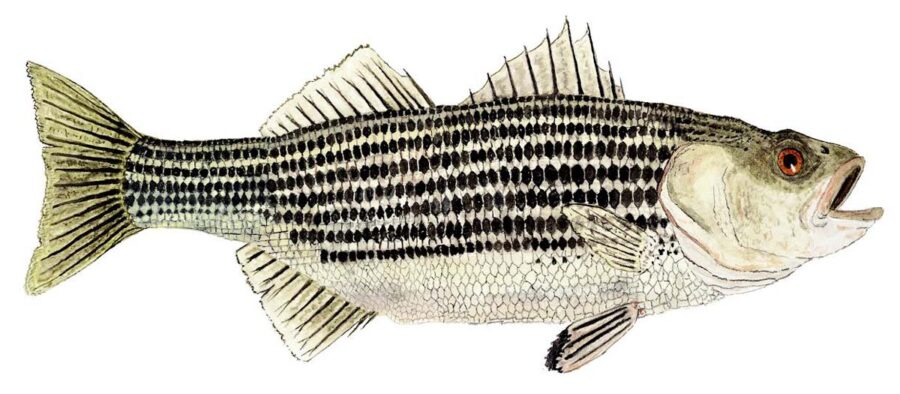
The magic of a fly rod.
In the mind of a purist trout angler, the action of a bamboo fly rod might be the only one that can approach perfection
By Skip Clement
To some, the near-perfect angling experience is the presentation of a dry fly that ends with capturing a freshwater fish belonging to the genera Oncorhynchus, Salmo, and Salvelinus and done so with a bamboo fly rod.
The adoration of bamboo and fly fishing separated richer from poorer stunted the growth of angling beyond ‘trouts,’ and being so limited in lifting power ruled out saltwater angling.
‘Glass’ replaced bamboo and created the fly fishing industry as we know it. Glass is a favorite of many anglers for its flexibility, cost, and durability.
Graphite is overwhelmingly the favorite material and optimum and made out of multilayered carbon fibers and the unique characteristics of bonding adhesives that NASA originated. These rods are light, very strong, and can be fine-tuned by the manufacturer to produce specific casting features and lift and fight performance advantages.
Rod weights
Rod weights are rare at 1-weight to 2-weight but quickly found in weights from 3- to 12-weight, with higher weights as rare as 1- and 2-weight rods.
Generally, there are advantages when choosing higher-end fly rods, which are usually more expensive. It can be lined up a weight or down a weight from its indicated weight and still have impressive performance stats. For example, an 8-weight can handle smaller flies ‘lined’ with a 7-weight line or cast well in the wind or big, bushy flies using a 9-weight fly line. That example is often the exact case for winter bonefishing in the Florida Keys or the northern Bahamas because of weather fronts.
Line weight must match your fly fishing rod for effective casting, presentation, and the ensuing fight. Low-numbered rod weights are for small fish and close-in fishing; heavier-weight fly rods are generally considered 7-weight and up for longer casts and bigger fish.

Bill Oyster, bamboo fly rod master, is almost my next door neighbor.
Rod flexibility – the sticky wicket
One end of a fly rod’s so-called action spectrum is fast, and that ‘usually’ requires superior casting capability and takes longer to learn because these fly rods are prone to having less ‘feel.’ Fast rods only flex near the tip-top, making them powerful and ideal for longer casts and larger fish.
Opposite ‘fast’ is a soft or so-called ‘slow’ action fly rod, typically used for trout in small streams where fly presentation must be delicate. This deep flexing does not require expertise to cast and does not always apply to having accuracy – the measure of a good fly fisher. It aids novice anglers to learn ‘how’ to cast a fly rod but creates limits [limited casting distance; not good with large, bushy flies, casting in the wind].
Medium flexing fly rods are usually better in more situations, and they are also easier to learn to cast, making them, overall and as one class of action, a more general-purpose approach. However, manufacturing sophistication within these medium action fly rod designs makes this type of rod flex the most desirable and often very cost-effective.
Rod length
There’s no standard length for a fly fishing rod, but eight or nine feet is the most common.
Shorter rods — about five and a half feet – allow fishing in tight quarters, such as narrow streams, under overhangs, etc. Long rods can exceed 12- feet and are suited to significant bodies of open water where casting distance becomes more important. Saltwater fly rods are generally 9-feet or slightly longer [10-feet for switch rods].
Other matters of a rod’s build are also significant
Four-piece rods are the most common number of sections because they’re easily transported to destinations [hand carry, vehicle, or airline].

A shot of my current model Tenkara fly rod and looking to make some changes. Photo credit SBSmedia.
Fit and Finish
Make sure reel mounts are as secure. Rod handles [wells type] for casting comfort in freshwater and fighting butts for saltwater. Also, look at the line guides; they should allow the line to run freely without slapping the rod. Ceramic coatings are often used to reduce friction, but stainless steel is the most common.
What can you afford?
Offshore-made fly rods at Walmart are $30 to $99 for tepid beginners or occasional backyard pond anglers. If you fly fish locally and seriously a few times a month, think in the $200 to $500 range: top fly rods and specialty fly rods are about $600, and $1,000 to several thousand dollars for bamboo.
What’s the new trend?
Maximizing the purchase, buying a matched ‘combo’ – ‘just add water.’
Fly rod, reel, backing, and fly line. Only one trip to your local fly shop for flies. Besides convenience and getting a perfectly balanced system, the savings make this new kind of choice a prudent one.

This kid can fish. Striper photo courtesy of Capt. Derr, LongIslandonthefly.com.
What are the most popular fly rods?
Freshwater is a 5-weight and an 8-weight for saltwater, and 9-foot and four-piece.
What’s the best buy?
The fly rod you can cast best is the best buy.

Thom Glace, the award winning watercolorist’s commissioned striper is one of the best illustrations in his collection.

